1. Garlic: The Ancient Antibiotic
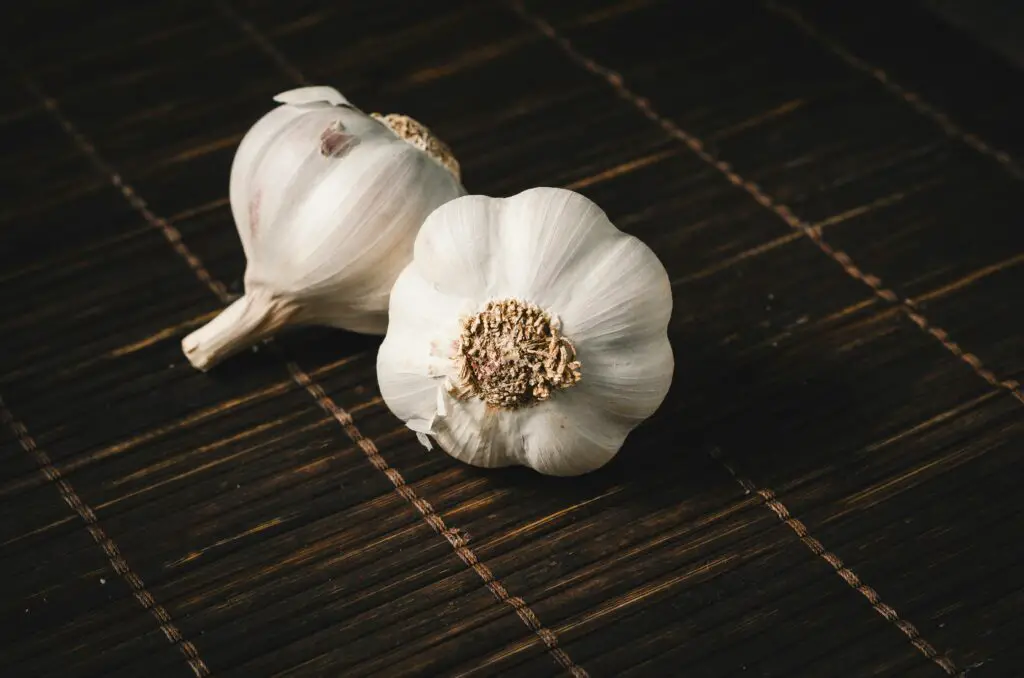
Garlic was once the go-to remedy for a wide range of ailments, from colds to infections. Ancient civilizations, including the Egyptians and Greeks, valued garlic for its medicinal properties. It was thought to ward off evil spirits, but more importantly, it was used as an antibiotic. Even Hippocrates recommended garlic for treating various health issues, particularly to boost the immune system and improve digestion.
Garlic’s power was believed to come from its sulfur compounds, which were thought to kill bacteria and parasites. In fact, recent studies have found that garlic does have antimicrobial properties, confirming that ancient wisdom was on to something. Today, we still use garlic to support heart health, lower cholesterol, and fight infections. It’s a testament to how the medicinal use of food can evolve as science catches up.
2. Honey: The Healing Nectar
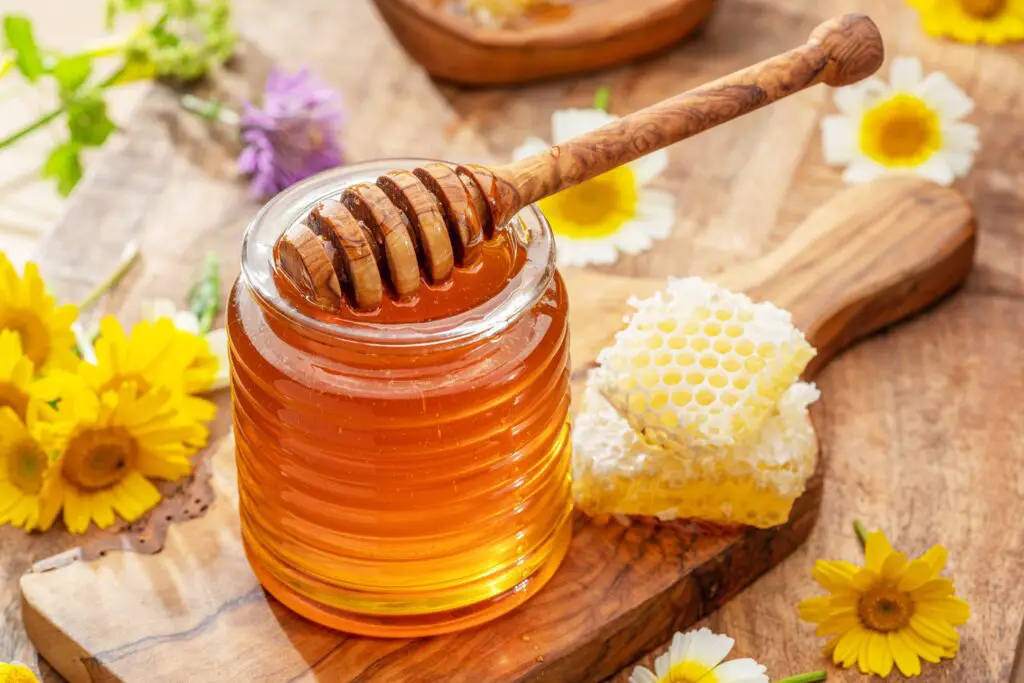
Before modern medicine, honey was often used to treat wounds and skin infections due to its natural antibacterial properties. The ancient Egyptians, Greeks, and Romans all relied on honey for its healing qualities, applying it to everything from cuts to sore throats. Honey’s thick consistency was believed to create a protective barrier, preventing bacteria from entering wounds while speeding up the healing process.
Modern research has shown that honey is rich in antimicrobial compounds that can help fight off infections. It’s especially useful in treating burns and ulcers, making it a powerful natural remedy. Today, honey is still widely used in both skincare products and as a soothing treatment for colds, proving its enduring medicinal value.
3. Ginger: The Stomach Soother
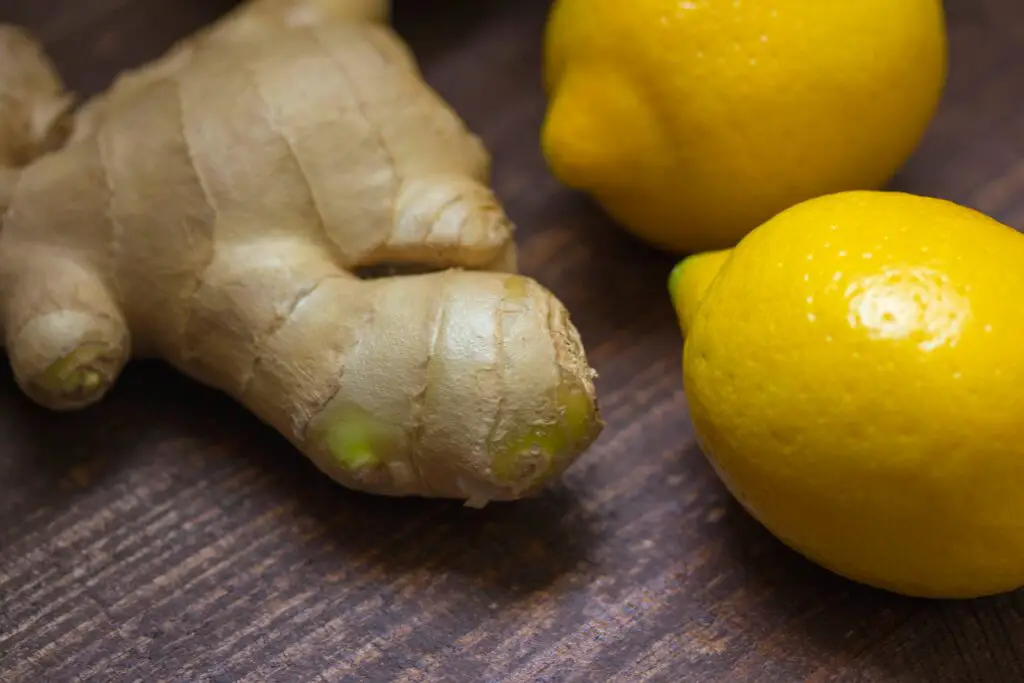
Ginger has been a staple in traditional medicine for centuries, often used to treat nausea, indigestion, and even pain relief. Ancient cultures, particularly in China and India, relied on ginger’s warming properties to calm upset stomachs and ease muscle pain. It was also used as a remedy for colds and flu, helping to clear congestion and promote sweating to reduce fever.
Today, ginger continues to be widely used for digestive issues, with modern science supporting its ability to reduce nausea and inflammation. It’s especially known for easing morning sickness during pregnancy and alleviating symptoms of irritable bowel syndrome (IBS). While we now understand its active compounds better, the ancient use of ginger as a healing food remains a testament to its effectiveness.
4. Turmeric: The Ancient Anti-Inflammatory

Turmeric has been used for thousands of years in traditional medicine, particularly in India and Southeast Asia. Ancient healers valued turmeric for its ability to treat a variety of ailments, especially inflammation-related issues. It was commonly used in Ayurvedic and Chinese medicine to alleviate joint pain, improve digestion, and boost overall wellness.
The active compound in turmeric, curcumin, is what gives it its healing power. Modern science has confirmed that curcumin has strong anti-inflammatory and antioxidant properties. This has led to turmeric’s widespread use in modern medicine, particularly for conditions like arthritis, heart disease, and even cancer prevention.
5. Apples: The Original Cure-All
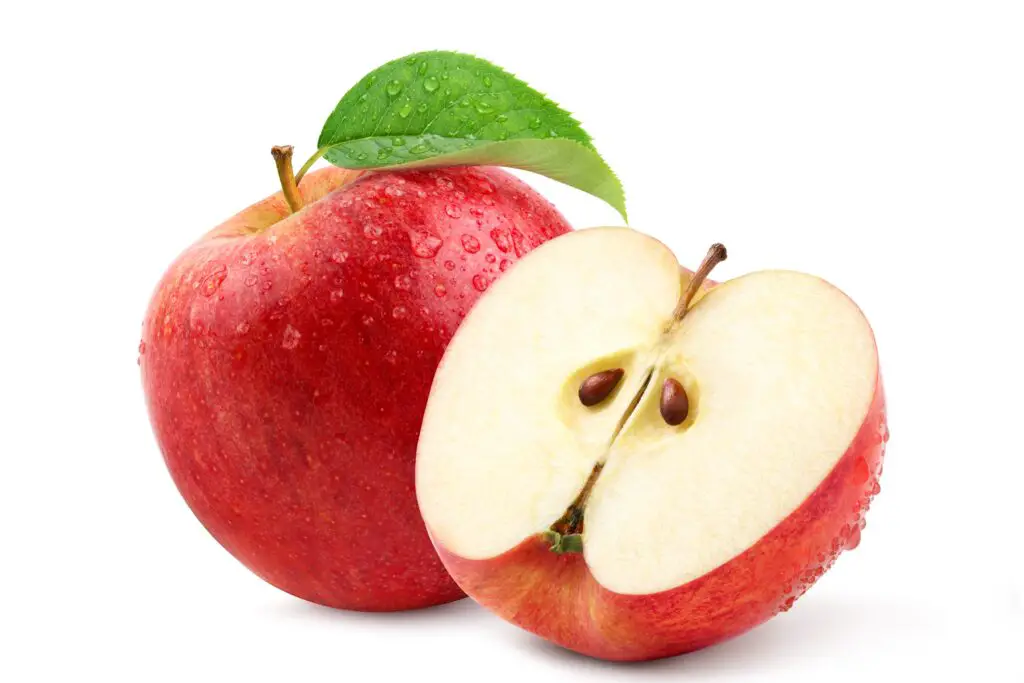
An apple a day might just keep the doctor away, but it wasn’t always just a saying. In ancient times, apples were prized for their health benefits and were often used as a natural remedy. The Greeks and Romans believed that apples could cure digestive issues, strengthen the immune system, and even alleviate symptoms of fatigue. Some cultures even used apples to treat coughs and sore throats.
Today, we know that apples are packed with vitamins, fiber, and antioxidants, all of which contribute to heart health and digestion. The saying has scientific backing now, as apples are shown to reduce cholesterol and support gut health. While they may not be a cure-all, they remain a powerful food for maintaining overall health.
6. Lemon: The Vitamin C Miracle

Long before we understood the importance of vitamin C, lemons were being used as a remedy for scurvy. Sailors in the 18th century discovered that lemon juice could prevent the debilitating disease, which was caused by a lack of vitamin C. In fact, British sailors were nicknamed “limeys” for their reliance on citrus fruits to stay healthy at sea.
Now, lemons are widely known for their high vitamin C content, which helps boost the immune system and fight off infections. They are also used to improve digestion, balance pH levels in the body, and even whiten teeth. This simple, everyday fruit has been a trusted remedy for centuries and continues to be one of nature’s most potent healing foods.
7. Vinegar: The Ancient Detoxifier
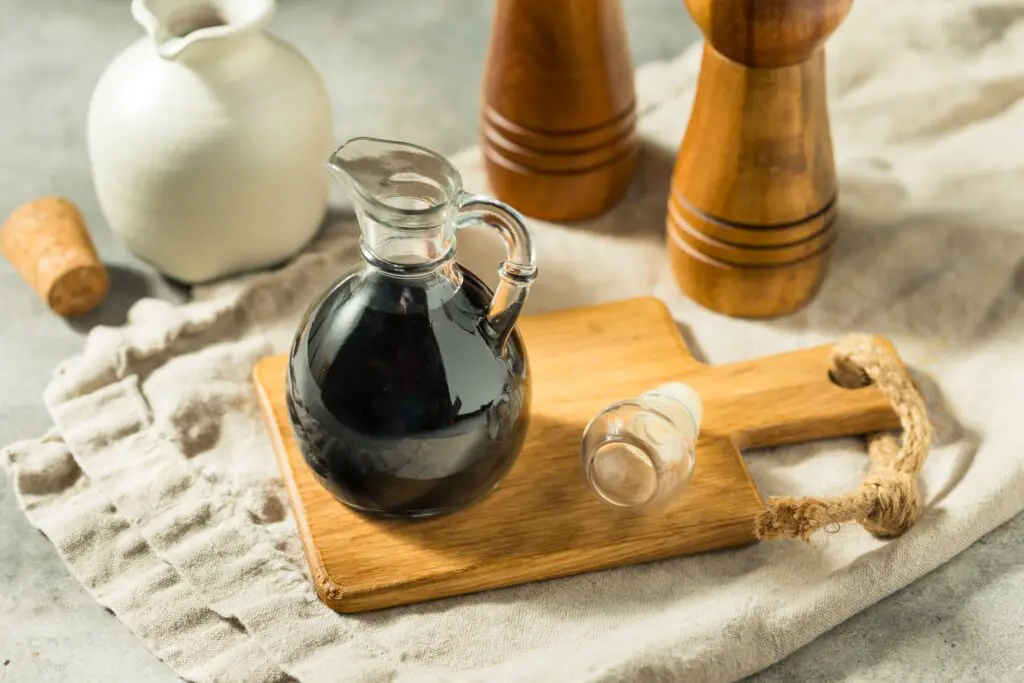
Vinegar was once considered a cure-all, used for everything from digestion to cleaning wounds. Ancient civilizations like the Babylonians, Greeks, and Romans used vinegar for its antiseptic properties, applying it to wounds and using it as a digestive aid. It was also commonly used as a tonic for weight loss and as a general health booster.
Scientific studies have since shown that vinegar, particularly apple cider vinegar, can help lower blood sugar levels, improve digestion, and support weight loss. It’s even used today in detox drinks and as a remedy for sore throats. What was once a humble kitchen staple is now a scientifically backed health aid, proving how ancient remedies often hold surprising truth.
8. Mint: The Digestive Miracle
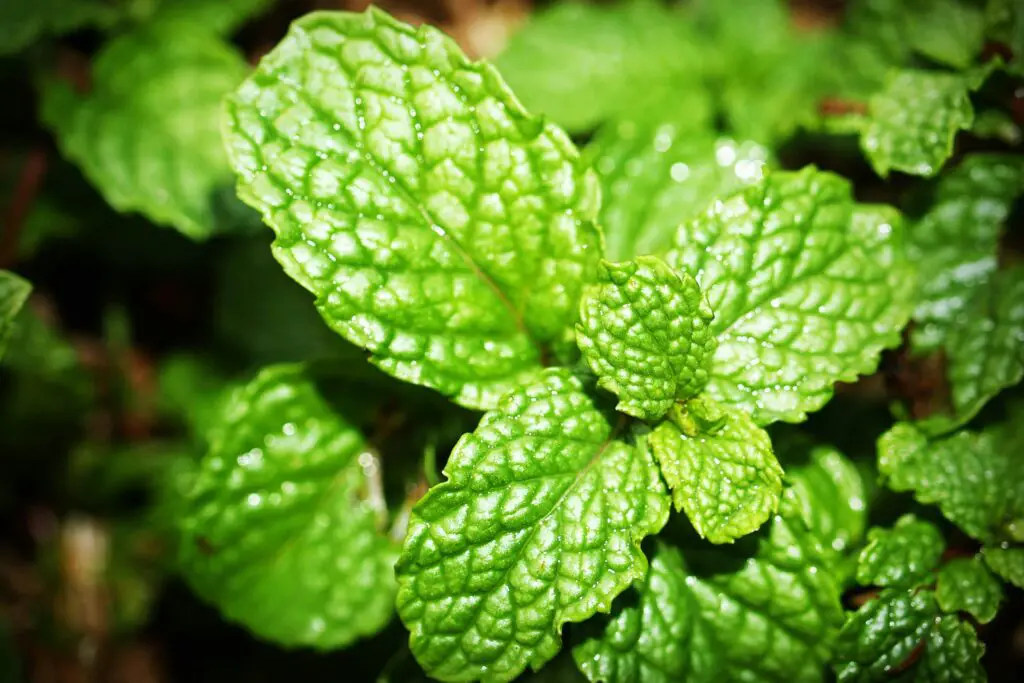
Mint has been a favorite medicinal herb for centuries, especially for treating digestive issues. The ancient Egyptians, Greeks, and Romans all utilized mint for its ability to soothe the stomach, reduce bloating, and alleviate indigestion. It was often added to teas and used in poultices for its cooling effects and ability to calm the digestive tract.
In modern medicine, mint is still a go-to remedy for digestive discomfort. Peppermint oil, in particular, has been shown to relieve symptoms of irritable bowel syndrome (IBS) and reduce nausea. Its widespread use throughout history is a testament to mint’s ongoing role as a digestive miracle worker.
